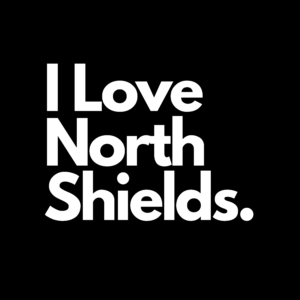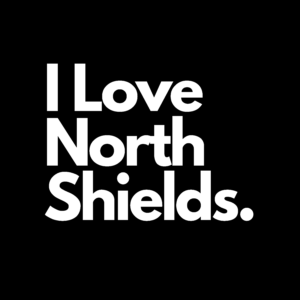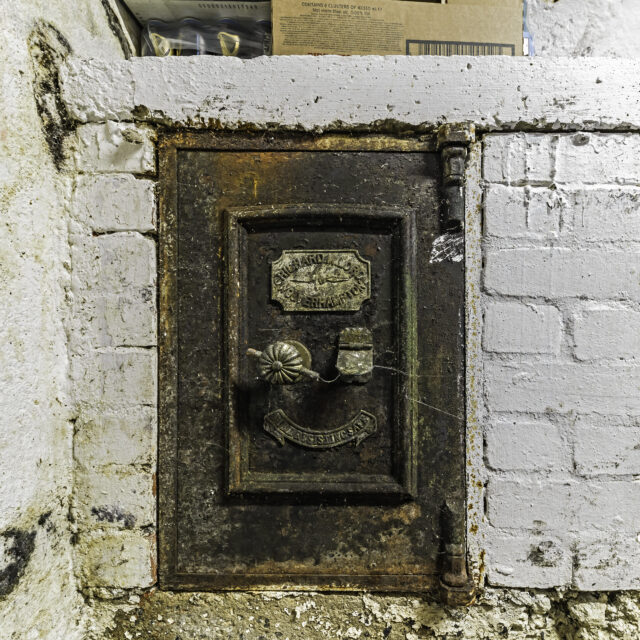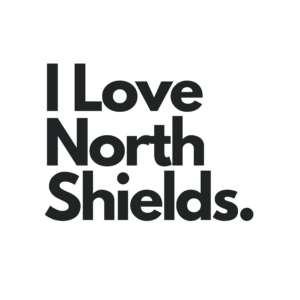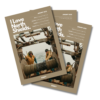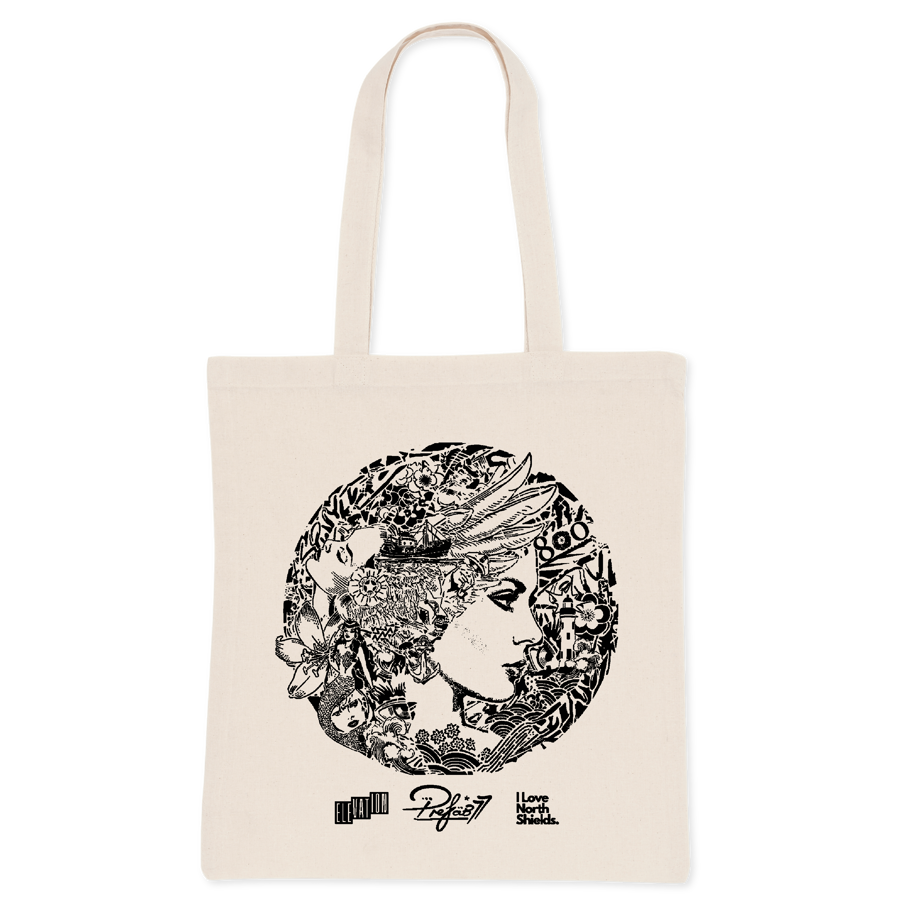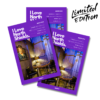By Carol Davison | Photography by Coastal Captures
When I was offered a behind the scenes tour of the Low Lights Tavern, as both a local lass and utter nosy parker, I jumped at the chance. Built in the 17th century on the site of an 11th century building, the pub is the oldest on North Shields Fish Quay. I’d heard tales of ghost hunters visiting the upstairs rooms looking for signs of paranormal activity and I was intrigued by what might lie behind the public façade.
I was initially surprised at the size of the space on the first floor and that it was home to both the Tyne Idols’ office and local artist Mark Taylor’s studio. Leaving the modern space behind, I ventured through a little old door in the corner of Mark’s studio and up a creaky set of stairs which led to the dimly lit attic, a real step back in time. My guide for the afternoon, Low Lights’ owner Danny Higney, pointed out that the original beams which we had carefully ducked under, had been constructed from some splendid lengths of wood which had once been ships’ timbers. He showed me under the floorboards where ashes from the pub’s hearths had been placed many years ago, apparently a trick to prevent fires from spreading in bygone days.
Having explored the top of the building, I headed to the bottom and down into the cellar which was home to a creepy old coal bunker, festooned with cobwebs and no doubt home to many a spider. I was quick to get out of there and into the main part of the cellar which was surprisingly bright with its attractive vaulted ceilings and clean white walls. Danny had been explaining how the real ales were stored when he casually mentioned an old safe. My curiosity was immediately piqued when he showed me the antique metal strong box built into a wall in the back corner of the cellar and even more so when he explained that it was locked, he has no key and that no-one knows what’s inside. My imagination went into overdrive. “Maybe it’s full of gold doubloons from a pirate ship,” I suggested. Danny looked at me like I’d lost my marbles. “It’s probably empty,” he said cynically, “or maybe there might be some old documents relating to the pub. That would be nice,” he said more hopefully.
Perhaps it was the ex-detective in me, but once home, I found that I couldn’t stop thinking about that blasted safe. I checked out the manufacturer, Richard M. Lord and found that this safe maker had established the business in 1868 in Wolverhampton. The company had been dissolved by 1970 which unfortunately snookered my idea of making contact to try and obtain a replacement key. I did find photos showing what the Low Lights’ rusty old safe would have looked like when new and that originally it would have looked quite grand with a bottle green coating and shiny brass fittings. Unfortunately, I found nothing which would help in my quest to open the safe – apart from a YouTube video of a man with cutting equipment and a sledgehammer.
So, here’s an appeal to any locksmiths, safe crackers (promise I won’t tell) or any ILNS readers who have any ideas about opening the safe to get in touch and help this nosy parker find out what’s inside so I can once again get a good night’s sleep.
